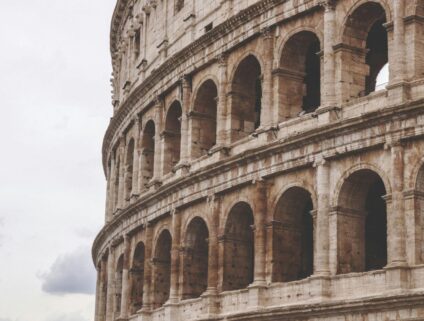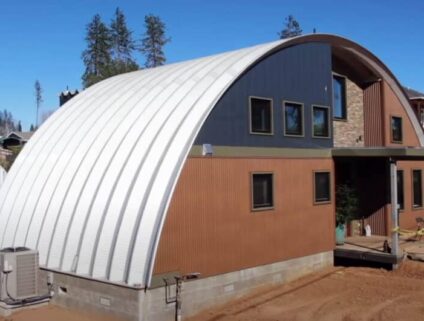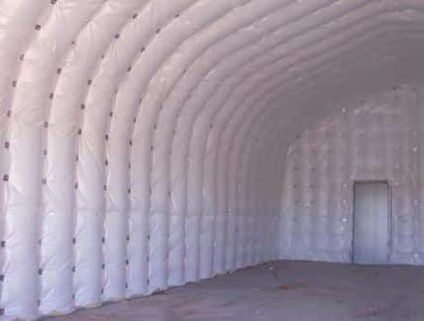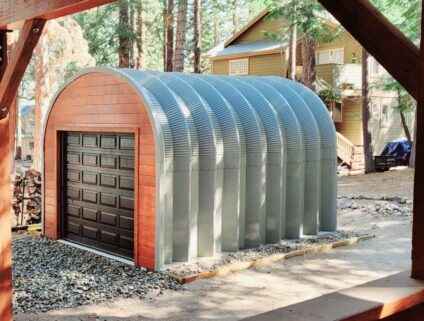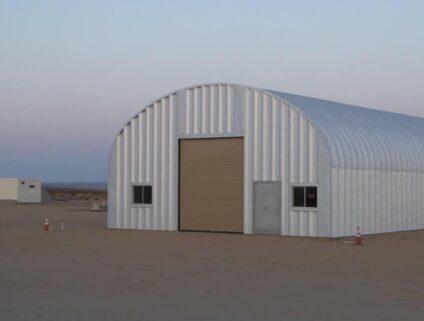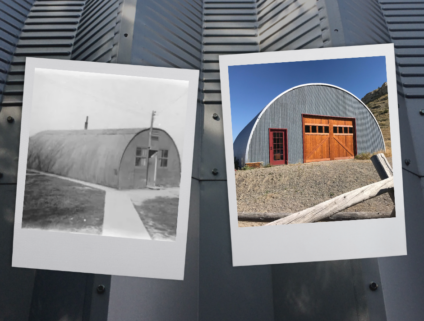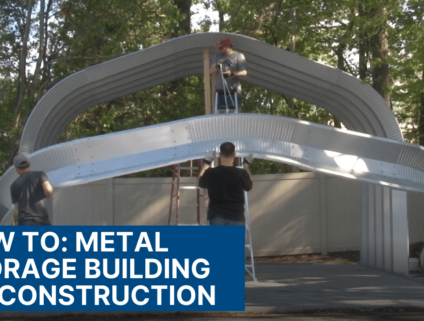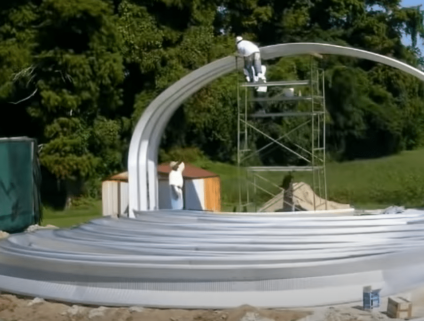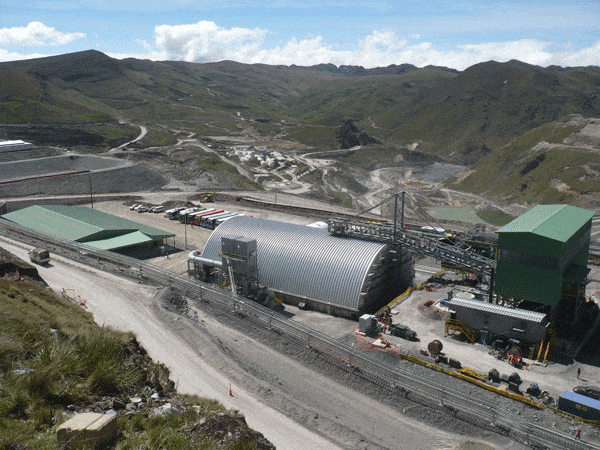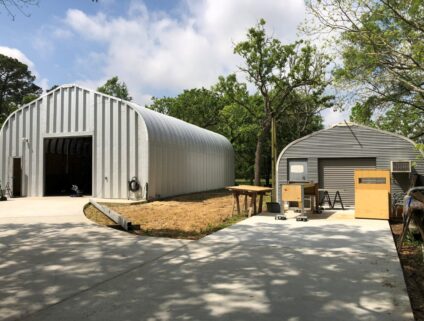Four Reasons to Choose a Steel Building Over A Fabric Building
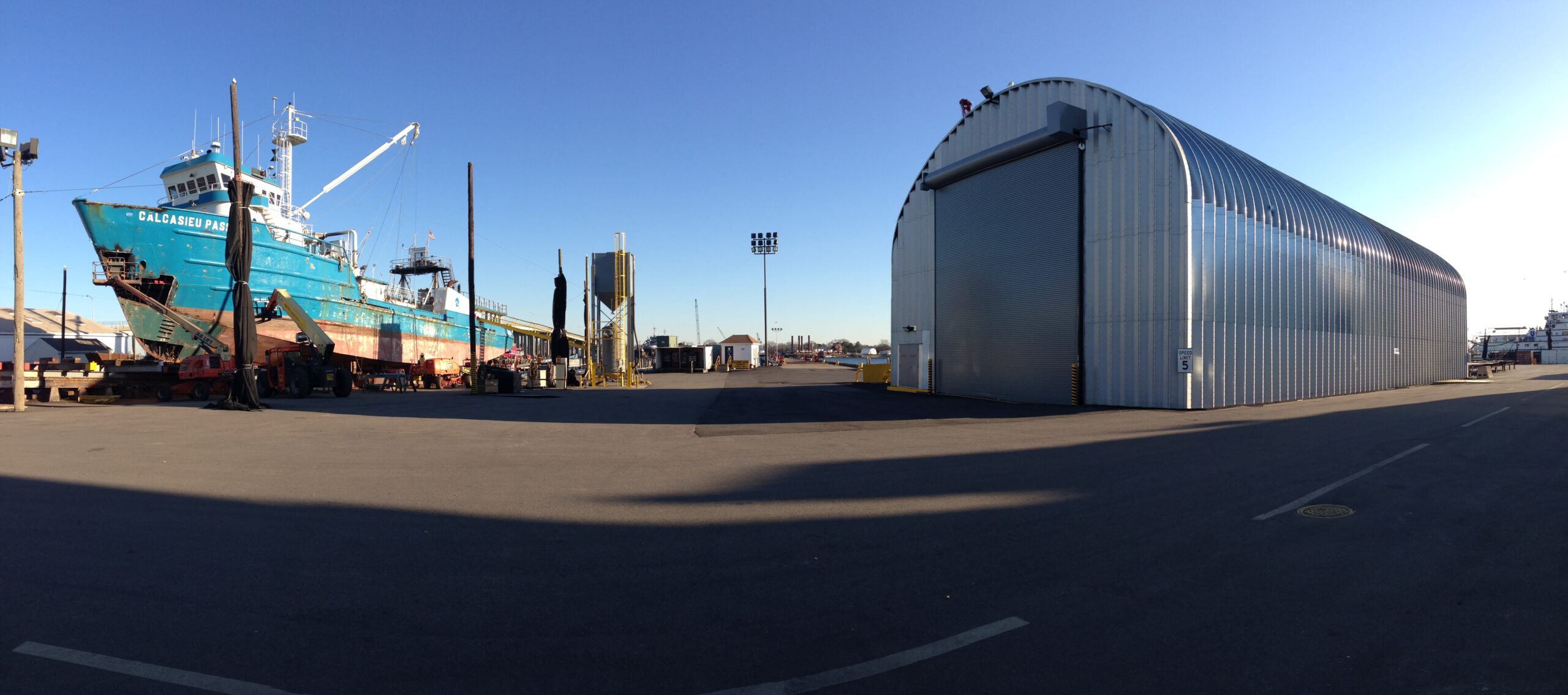
From the clear span design to the overall shape, steel buildings and fabric buildings seem to have a lot in common. However, there are significant differences that set SteelMaster metal buildings apart from fabric-covered structures.
Steel Buildings are Extremely Durable
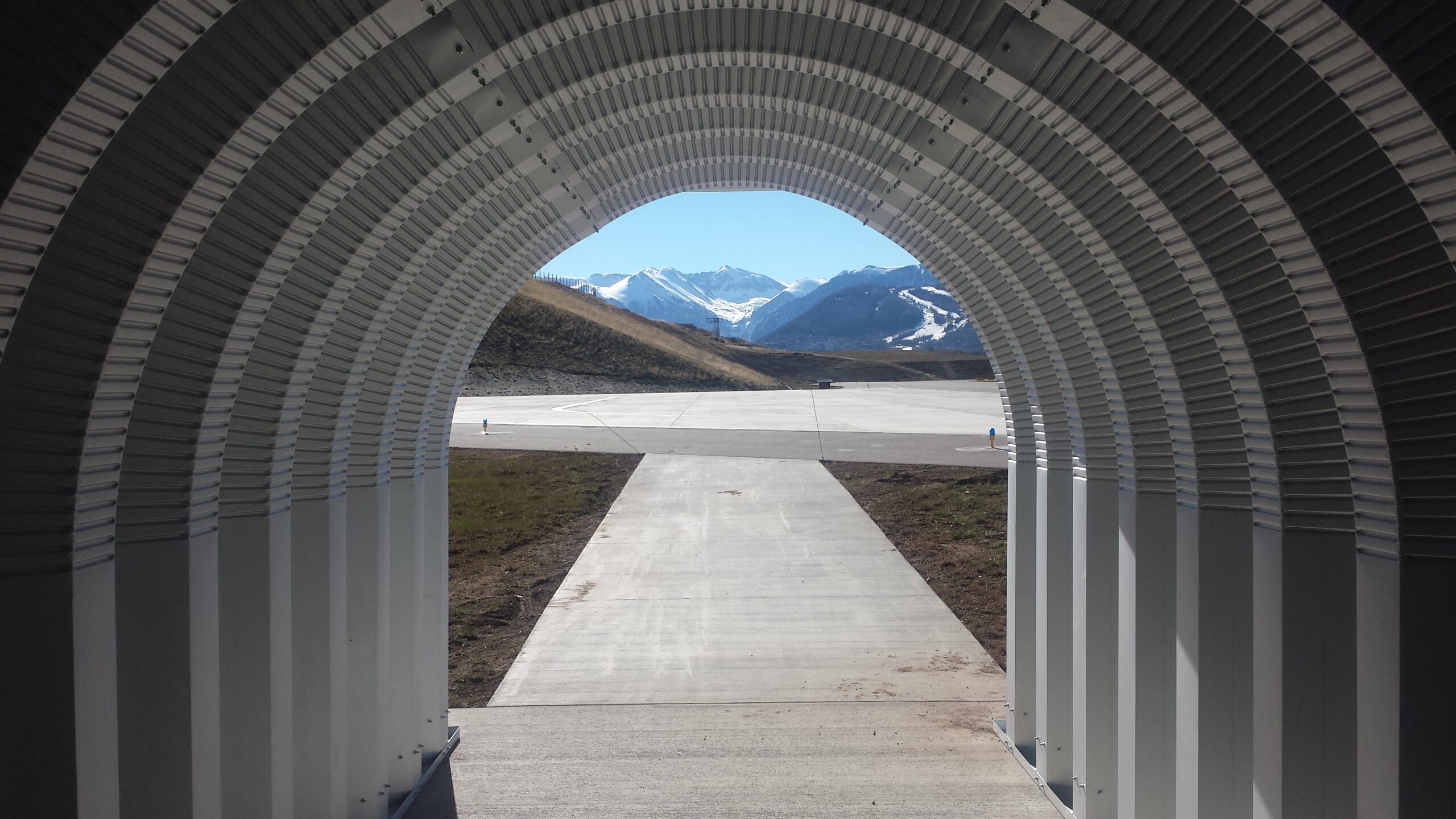
SteelMaster’s Quonset Huts are versatile and easy to customize, yet provide the strength and durability needed for a building. The heavy grade steel provides an incredibly strong building that can withstand the bumps and bangs common to a working structure. Unlike fabric buildings, steel buildings will not rip or tear. A rip in a fabric structure can easily spread across the entire cover, which would expose the materials inside the building to harsh elements.
Our metal Quonset Huts are incredibly disaster resistant. Our buildings are able to withstand extreme weather conditions including high winds, severe snow storms, hurricanes and earthquakes.
Each prefabricated building receives a certified engineer’s stamp before it gets to your door. We follow FEMA’s building codes, IBC codes, ASCE-7 recommendations and building codes specific to your location, such as Florida’s HVHZ and Chapter 16 codes.
In fact, one of our prefabricated buildings was tested for projectile penetration in strict accordance with FEMA 320/361 and ICC-500. Testers hurled a 15 pound wooden 2”x 4” at 100 mph at one of our steel walls, recreating what could happen with debris during a powerful storm. As expected, the building sustained minimal damage. SteelMaster’s disaster resistant buildings have also survived real-life tests outside of controlled experiments.
Steel Buildings Require Little to No Maintenance
You may have seen older Quonset Huts with rusty exteriors, but that’s now a thing of the past due to a special coating on our arches called Galvalume Plus. Galvalume Plus prevents our Quonset Huts from rusting and oxidation. It also protects our prefabricated steel buildings in highly corrosive environments. This significantly decreases maintenance costs as long as you own the building. Steel buildings will not mold or rot like some fabric buildings and can be easily cleaned with soap and water.
Fabric roof buildings have a much shorter lifespan than steel buildings because wind can cause the metal and fabric to rub together. This means you’ll have to purchase a replacement cover every few years, leading to higher maintenance costs.
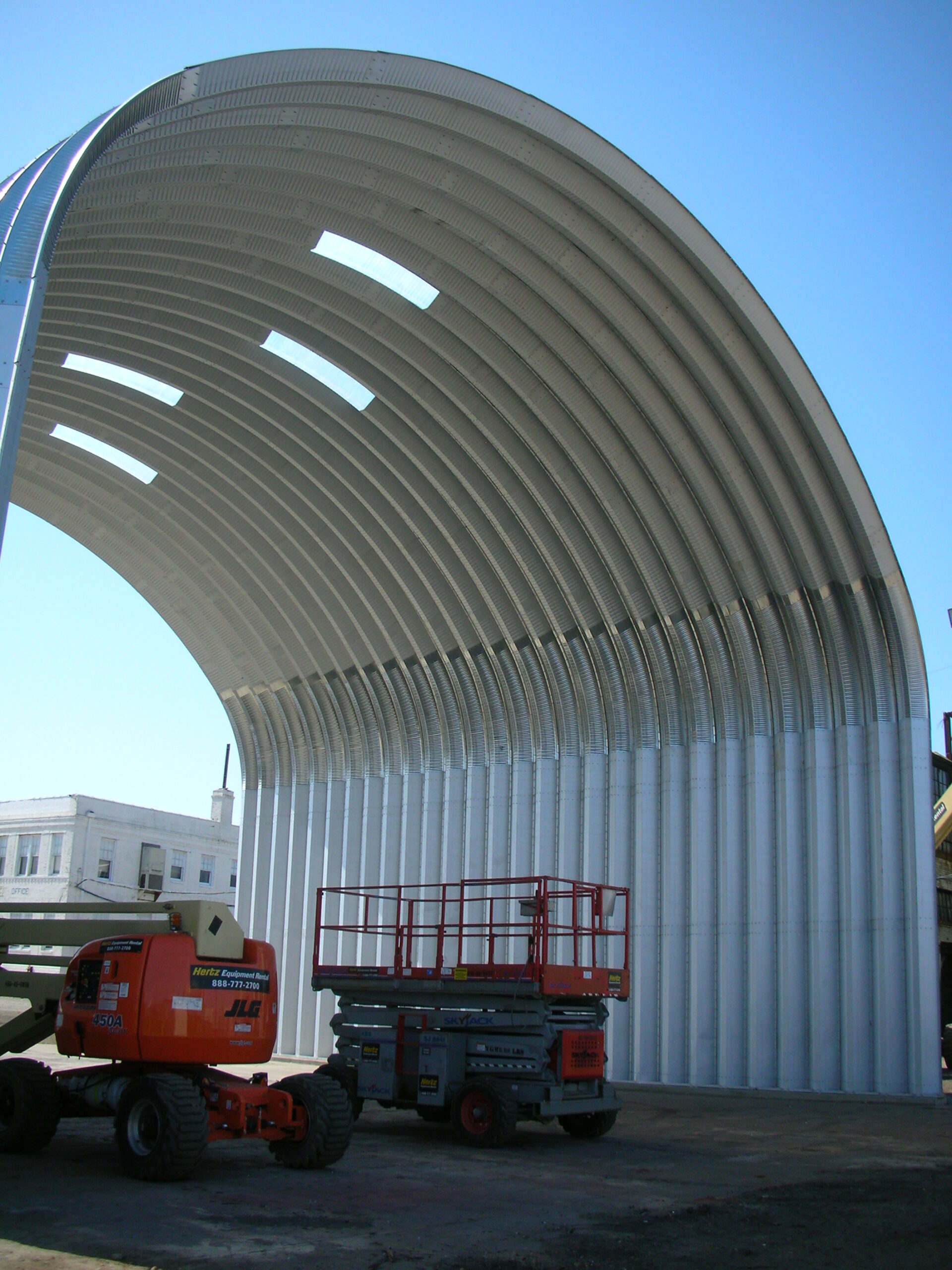
Steel Buildings are Easy to Construct
Installing fabric building covers correctly, safely and efficiently often means hiring an experienced crew. Not only will you have added labor costs, but you may not get your building up as soon as you’d like depending on the crew’s schedule.
One of the many advantages of purchasing a SteelMaster Quonset Hut is that they are do-it-yourself and can be assembled by you, the customer. You don’t need to be a construction expert to put your SteelMaster building together. In fact, over eighty percent of customers assemble their own building, resulting in huge labor cost savings. Seventy percent of the work is done on the ground with one size nut and bolt. In many cases, no heavy equipment is required when raising your steel building.
Steel Buildings are Energy Efficient and Eco-Friendly
Another myth about steel buildings is that they lose heat in cold climates and absorb heat in hot climates. SteelMaster’s Galvalume Plus coated arches help protect the steel and makes our buildings more energy efficient. The steel coating actually repels light, keeping inside temperatures 10 to 15 degrees Fahrenheit cooler than the outside air in the summer.
Generally, our buildings do not require insulation because they’re made to withstand extreme conditions in both frigid temperatures and brutally hot regions of the world. The decision to add insulation to your building will depend upon how you plan to use the structure, the climate conditions in your area and your specific needs.
If you’re looking for an environmentally-friendly building, look no further. Steel is a 100 percent recyclable material that has a long life cycle.
Categories

